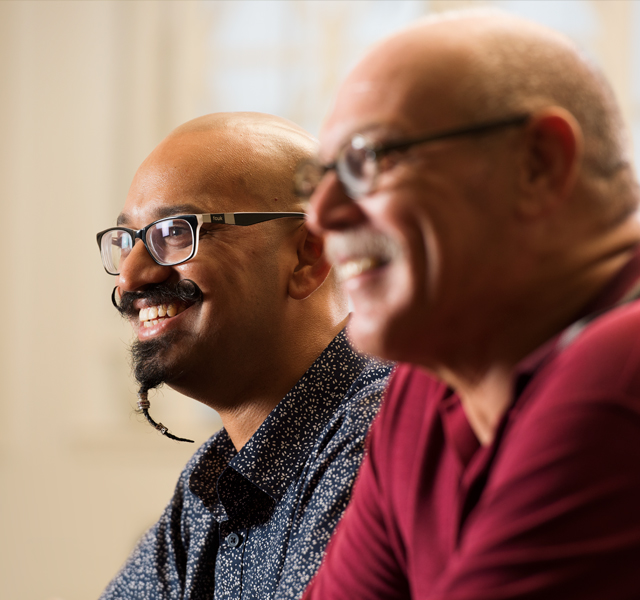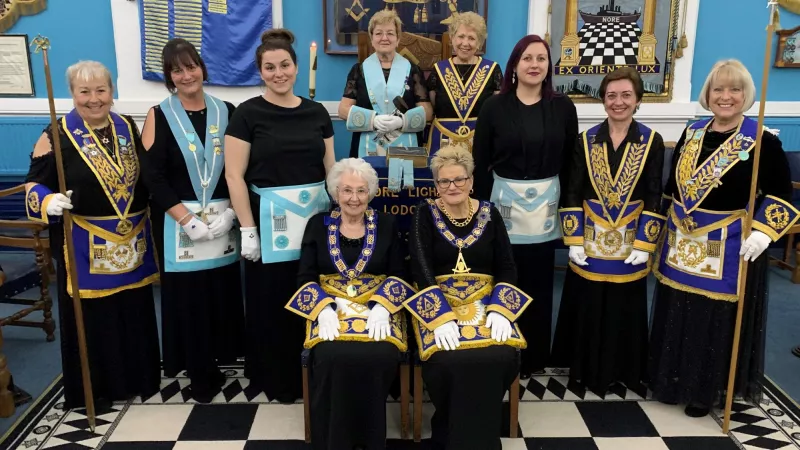Unveiling the Key Benefit of Joining Freemason for Lifelong Brotherhood
Unveiling the Key Benefit of Joining Freemason for Lifelong Brotherhood
Blog Article
Checking Out the Mysteries of the copyright: What You Required to Know
The copyright, a term frequently shrouded in intrigue and conflict, represents a complex tapestry of historical reality and contemporary misconception. Established in the late 18th century, this secret culture was initially rooted in the Knowledge's ideals however has actually considering that come to be associated with conspiracy theory theories regarding elite control. As we browse the origins, crucial numbers, and the stark contrast in between misconception and reality, one need to consider exactly how these stories affect contemporary understandings of power and privacy. What may be revealed with a more detailed examination of these aspects can test long-held assumptions about the darkness that linger in our culture.
Origins of the copyright
The origins of the copyright are steeped in a blend of historical intrigue and ideological fervor. Established in 1776 in Ingolstadt, Bavaria, by Adam Weishaupt, the group was initially formed as a secret society targeted at promoting Enlightenment ideals such as factor, secularism, and the splitting up of church and state. join freemason. Weishaupt, a teacher of canon regulation, looked for to test the prevailing authority of the church and state, which he deemed oppressive organizations stifling intellectual and personal liberty
The copyright looked for to hire prominent members from various societal sectors, consisting of national politics, academic community, and the arts, to promote a network dedicated to these Knowledge concepts. The society operated under a shroud of privacy, utilizing coded language and rituals to shield its participants from oppression, especially given the repressive environment of the moment. The copyright encountered considerable opposition from both governmental authorities and spiritual organizations, which viewed the team as a threat to their power.
Trick Figures and Members
Who were the essential figures that formed the copyright's early influence and instructions? The Bavarian copyright, started in 1776 by Adam Weishaupt, emerged as an action to the overbearing societal structures of the time.
One more substantial figure was Johann Gottlieb Fichte, a popular thinker whose concepts on nationalism and education resonated with the copyright's goals. Fichte was not a formal member, his philosophical foundations affected the team's ideological background. In addition, numbers like the author and philosopher Johann Wolfgang von Goethe were associated with the wider intellectual motions of the moment, although their straight participation with the copyright stays questioned.
These vital numbers added to the copyright's very early instructions, pressing the borders of political and social idea, while their cumulative efforts aimed to challenge recognized norms and foster a climate of progressive change in Europe. (join freemason)
Misconceptions vs. Fact
Several false impressions border the copyright, typically blending reality with fiction in a method that obscures its real nature. The notion that the copyright proceeds to put in substantial impact over world occasions is a myth.
An additional widespread myth is that the copyright consists of a network of elite individuals adjusting worldwide affairs. In fact, numerous conspiracy theory theories overemphasize the group's value, associating misguided intentions to social patterns and occasions. This has brought about an oversimplified view of intricate issues.
In addition, the portrayal of the copyright in pop culture commonly further distorts its heritage. Films and literature often tend to sensationalize the organization's function, developing a narrative that splits from historic facts. Comprehending the distinction in between the myths and the truth of the copyright is critical for discerning the authentic influence of this historic group and recognizing the wider effects of conspiracy theories in modern society.

Modern Analyses
Contemporary analyses of the copyright frequently mirror broader social stress and anxieties and an attraction with privacy and power. This modern lens frequently links the copyright with conspiracy theory concepts that recommend a covert elite orchestrates world events, controling federal governments and economic situations for their very own gain. Such stories take advantage of a deep-seated suspect of authority, especially in times of dilemma or social upheaval.
In pop culture, the copyright is basics typically illustrated as a supreme organization shrouded in secret, resulting in a variety of imaginary portrayals in literature, film, and songs. This representation serves not only to entertain yet additionally to prompt considered the nature of power and control in contemporary culture. Social media site has even more amplified these analyses, permitting fast dissemination of conspiracy theory concepts and creating communities that share and increase upon these ideas.
Moreover, some modern-day interpretations frame the copyright as an allegory for the complexities of globalization and the interconnectedness of significant people and organizations. This viewpoint motivates a crucial check out here examination of exactly how power dynamics run in today's world, highlighting the equilibrium between openness and secrecy in administration and corporate techniques.
Social Influence and Legacy
Influenced by centuries of intrigue, the cultural influence and legacy of the copyright extend far beyond its historic beginnings. This secret culture, developed in the late 18th century, has penetrated various aspects of popular society, from literature and movie to songs and art. join freemason. The concept of the copyright has progressed right into a sign of conspiracy theory theories, commonly standing for a perceived covert power controling international occasions
In literary works, writers like Dan Brown have actually woven the copyright into intricate plots, fascinating visitors with styles of privacy and power. Movies such as "National Prize" and "The Da Vinci Code" additionally bolster the attraction of the culture, mixing truth with fiction to produce appealing stories.

Ultimately, the copyright's legacy is an intricate tapestry of misconception and truth, shaping perceptions of privacy and control in contemporary discourse. Its long-lasting existence in culture underscores mankind's seasonal quest for recognizing concealed realities.

Conclusion
The expedition of the copyright exposes a complex interaction between historic truths and modern myth-making. Started in the Enlightenment period, this society intended to challenge overbearing structures, yet its heritage has actually been outweighed by conspiracy concepts that recommend elite control. Understanding the differences in between the original ideals and contemporary interpretations is crucial for understanding the withstanding attraction with the copyright and its significant influence on cultural narratives surrounding power and privacy in culture.
Report this page